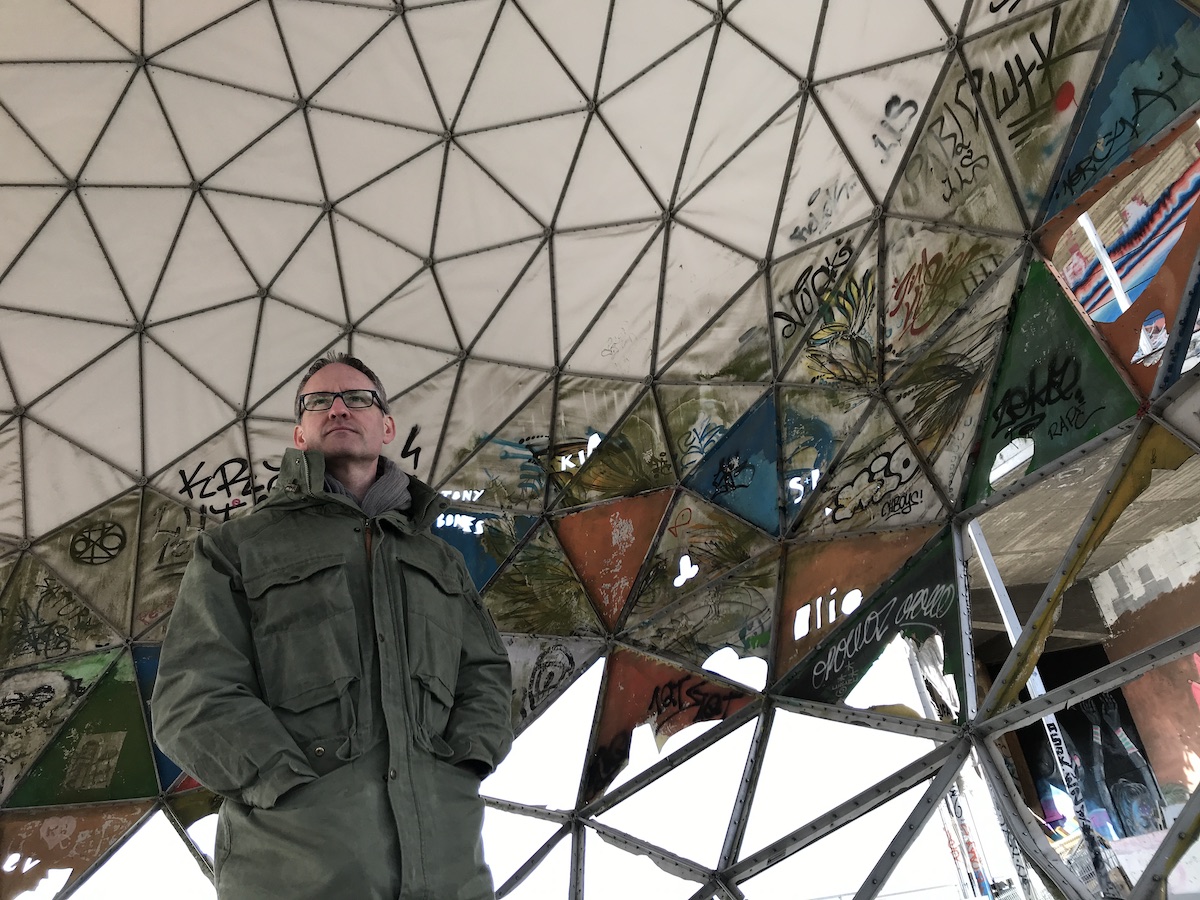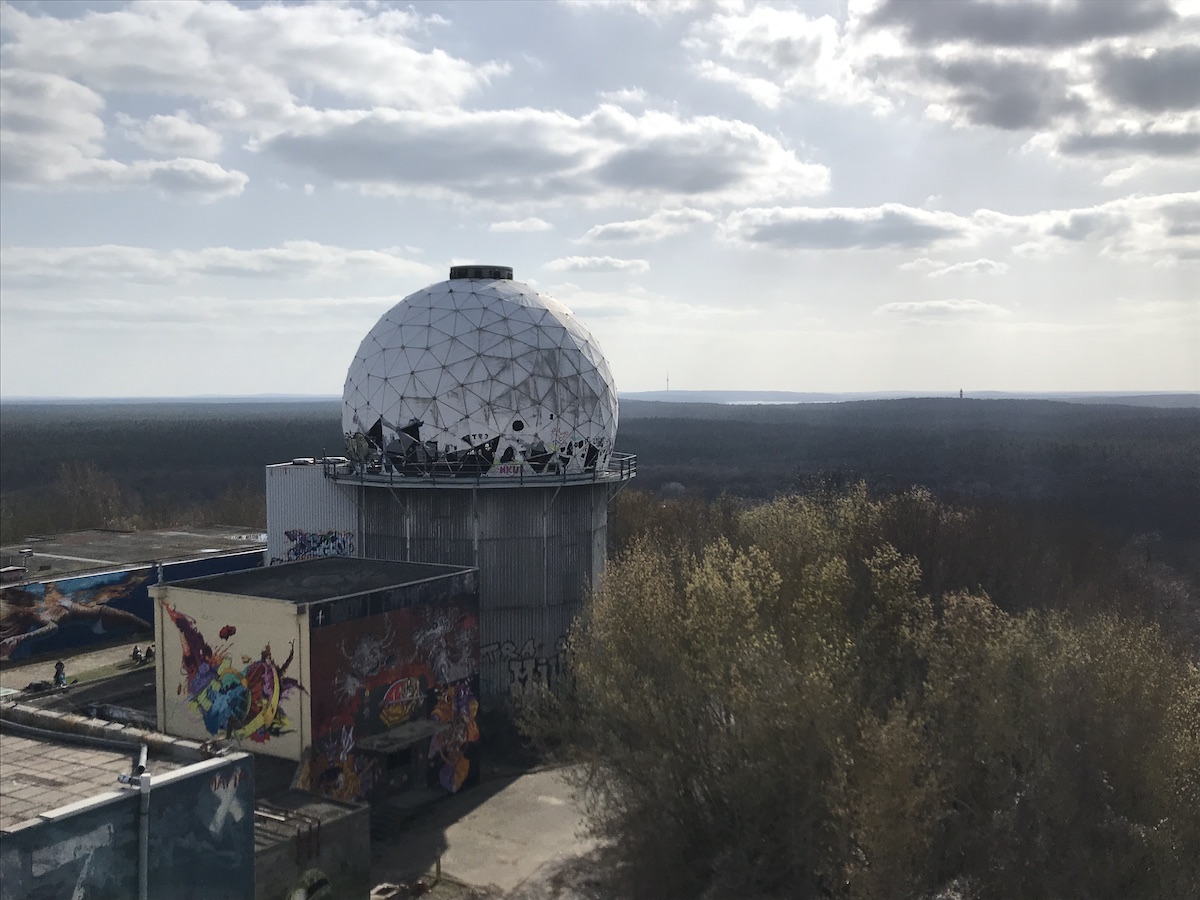
Teufelsberg — ‘Devil’s Mountain’ — is a man made hill that rises 120m above sea level and provides a 360 degree view of flat Berlin and the surrounding Grunewald.
The hill was built from an estimated 12 million cubic metres of war rubble, the remains of all those shattered buildings that were left of the city after WWII bombing. They dumped the broken brick and stone over an unfinished Nazi military training school that couldn’t be dynamited away.
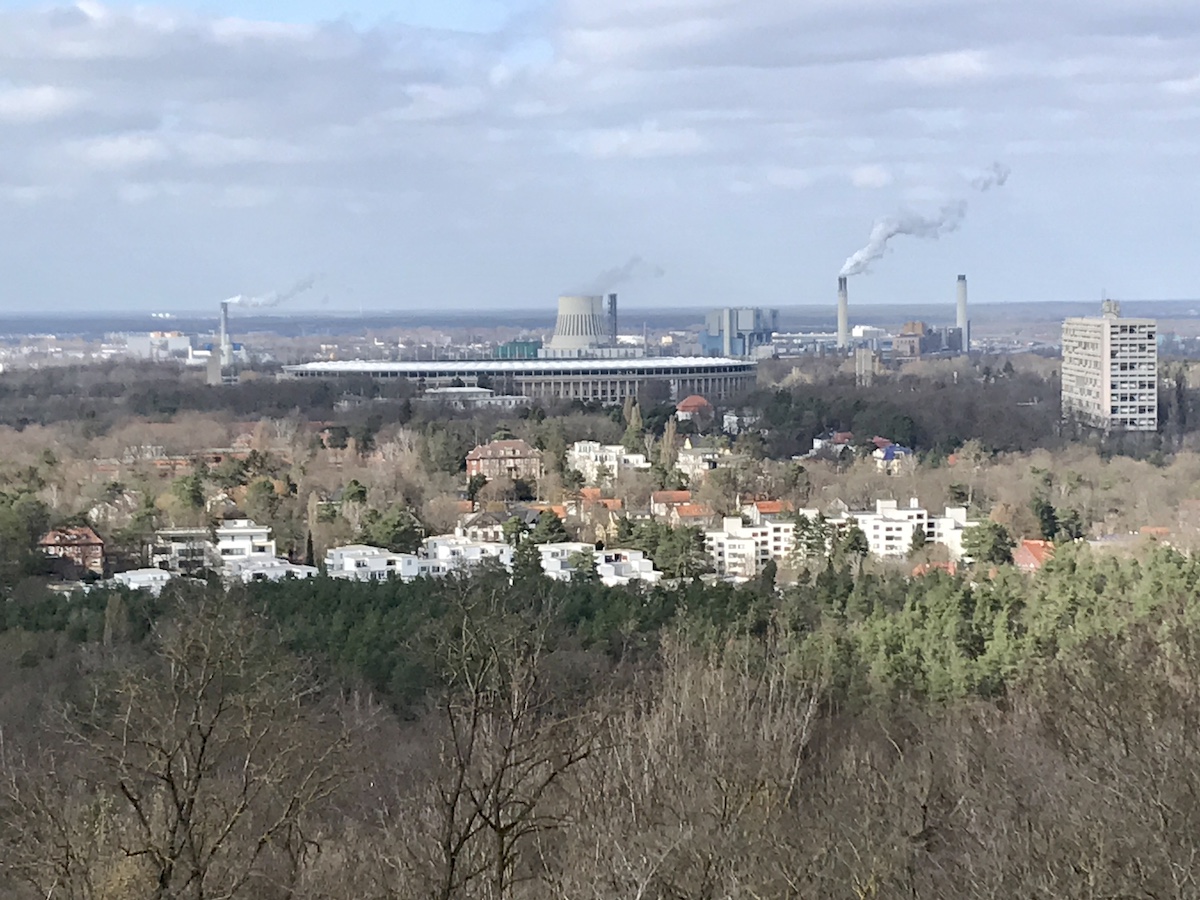
The Cold War listening station built atop this hill was used by the Americans and British to spy on Soviet-controlled East Germany. It started with mobile Allied listening units in 1961, when roving spies realized they got better reception up there.
More permanent SIGINT facilities were built in 1963, and Teufelsberg eventually sprouted bulbous white globes like the onion domes of an Orthodox cathedral. The radomes with their twelve-metre dish antennas sat atop three- and six-storey towers, and this hill of shattered buildings became one of the West’s biggest spy stations.
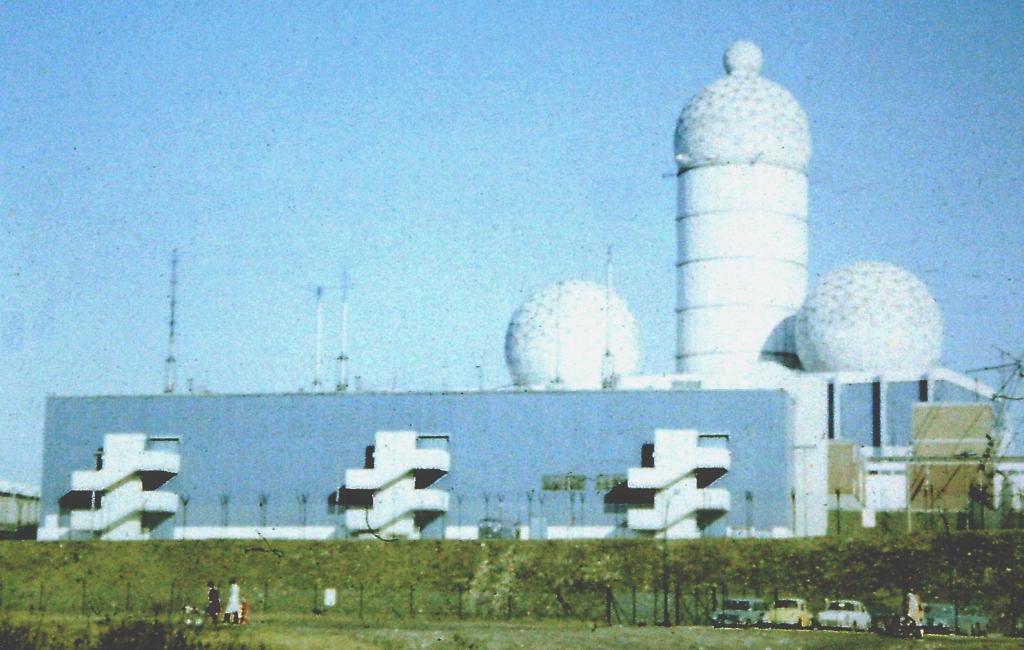
Teufelsberg —or USM 620 Kilo — intercepted radio waves, microwave links and satellite signals. ‘The Hill’ was said to be part of the ECHELON network, the surveillance program operated by the Five Eyes, the US, UK, Canada, Australia and New Zealand. But no one knows what the station on Devil’s Mountain heard.
The archives were supposed to be opened to the public in 2020, but I don’t know if the pandemic put it on hold.
The NSA didn’t need Teufelsberg anymore once the Berlin Wall fell. It was abandoned in 1992, and left to the wildlife, the graffiti artists, and the adventure-seeking abandoned site aficionados.
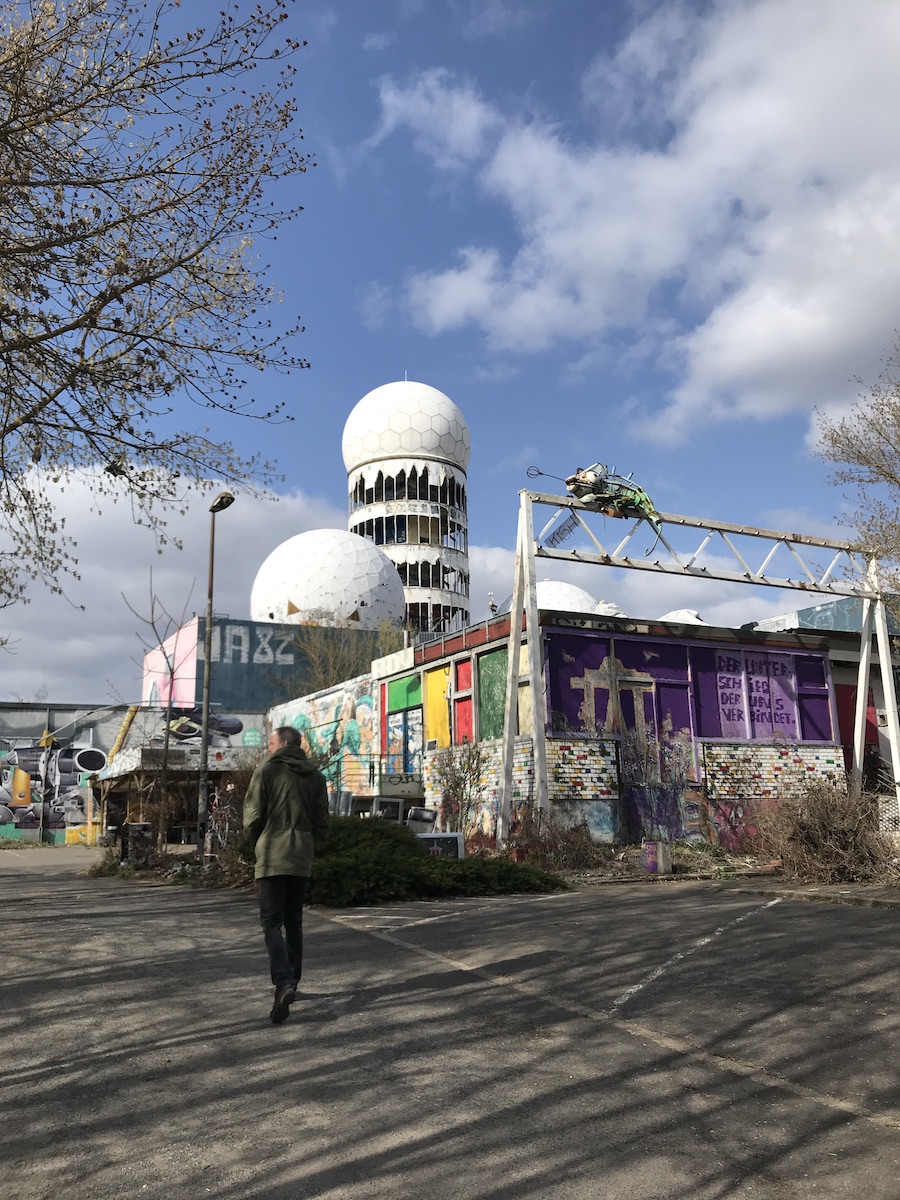
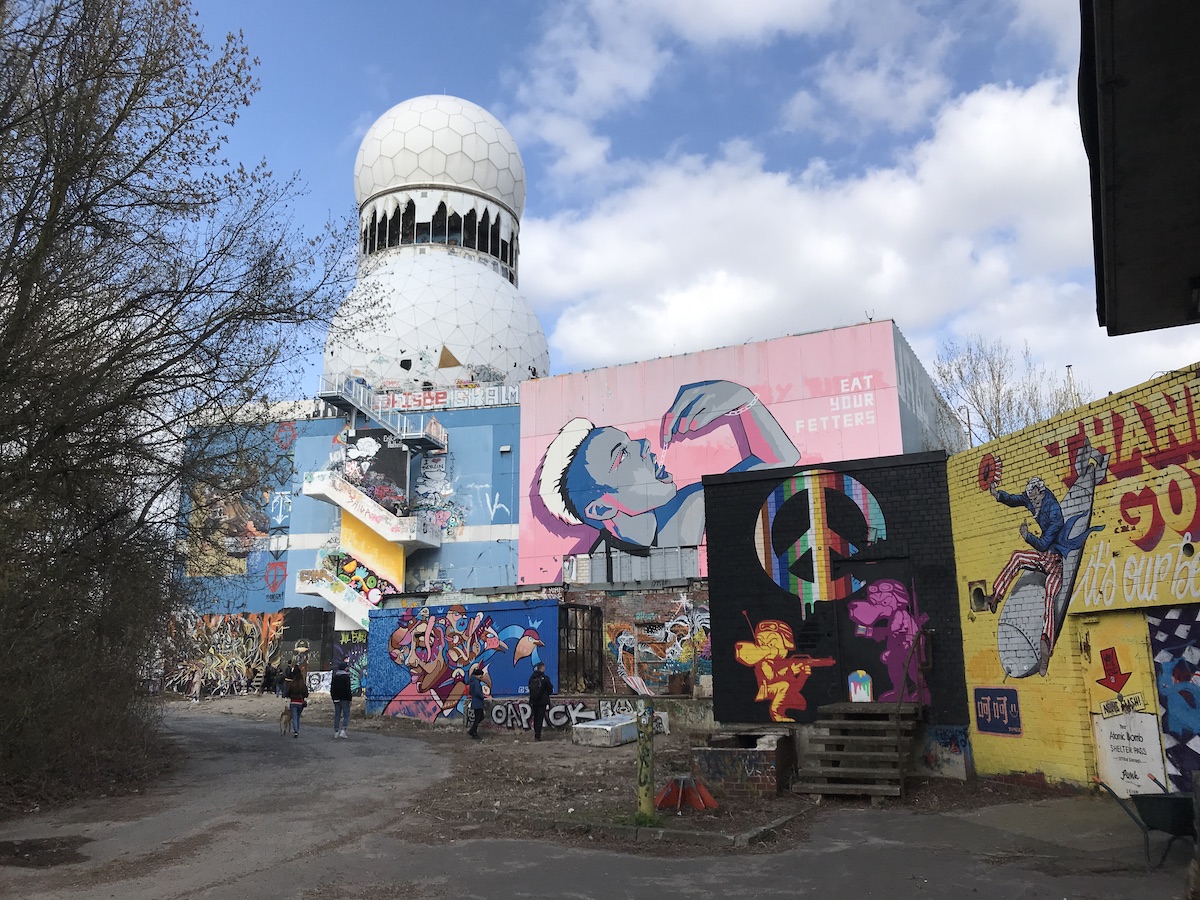
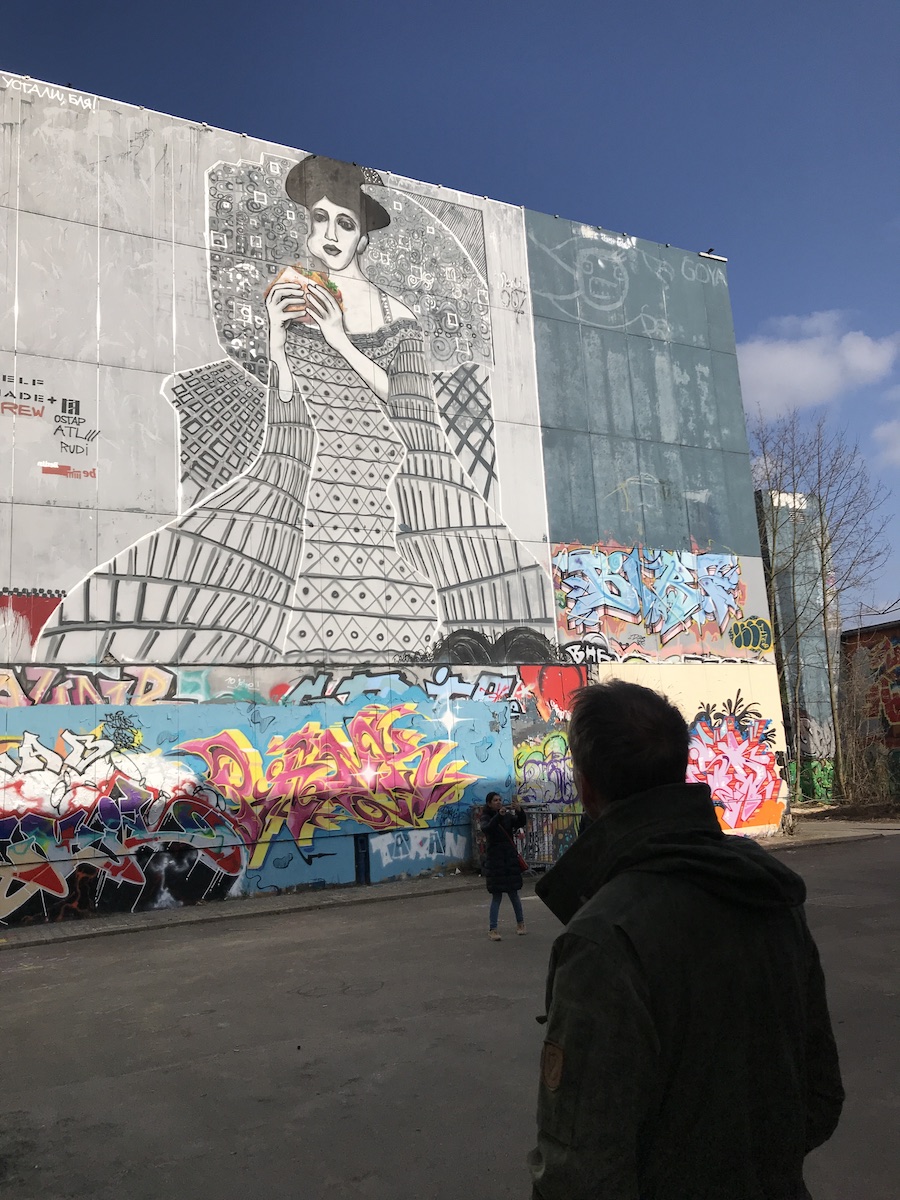
Various schemes came and went to develop the site into apartments, hotels, and a bizarre New Age ‘Happiness College’, but each fell apart, and the former spy station fell into greater depths of disrepair.
You can wander around what’s left of it today for a few euros. There were lots of people hanging out when we biked there on Easter Sunday, taking photos of the graffiti and art installations or just catching views of Berlin from the roof below the big white domes.

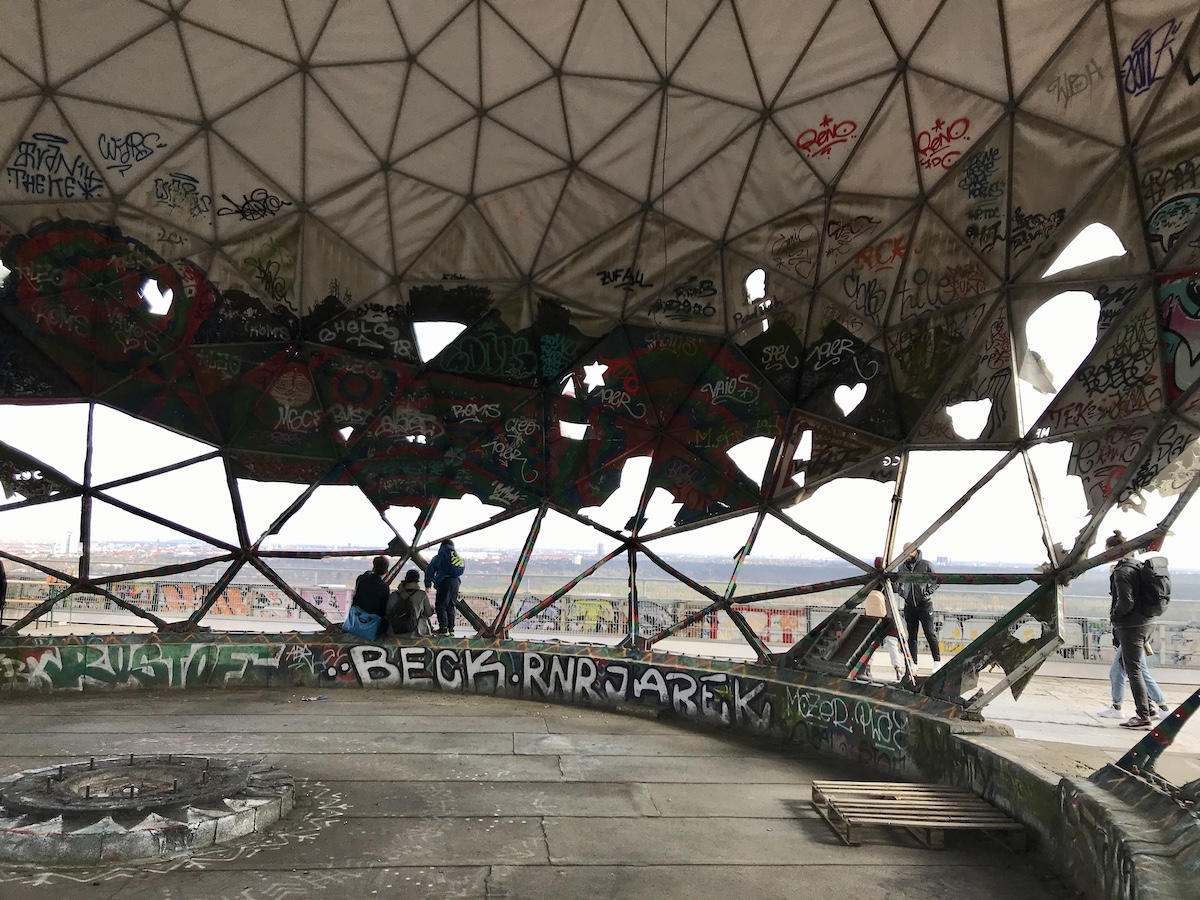
I could even see my old neighbourhood — the metal monument on the hill atop Viktoria Park, and the radar dome of the old Tempelhof airport — but it looked so far away. We’re living deep in West Berlin now, walled off by a virus instead of Warsaw Pact troops. The fact that it’s invisible doesn’t make captivity any less oppressive.
A cold wind howled through the torn canvas covers of the domes and caused corrugated metal to flap and bang. We climbed down to a sheltered place with our thermos of tea.
